There’s nothing quite like the excitement of landing in a new destination, only to feel like your body is stuck in a different time zone entirely. Jet lag hits everyone differently, but it’s that groggy, disoriented feeling that makes you wonder if you’ll ever feel human again.
The good news is that seasoned travelers have figured out plenty of ways to minimize the misery and get back to feeling like themselves faster. Whether you’re crossing multiple time zones for business or pleasure, these strategies can make a real difference in how quickly you bounce back.
Here is a list of 16 jet lag tips that frequent travelers swear by.
Start Adjusting Before You Leave

Smart travelers don’t wait until they’re on the plane to start thinking about jet lag. If you’re heading east, try going to bed an hour earlier each night for a few days before your trip.
Going west means staying up a bit later than usual. It’s like gently nudging your internal clock instead of shocking it completely. This approach works especially well for trips that cross more than three time zones.
Pick Your Flight Times Strategically

The timing of your flight can make or break your jet lag recovery. For eastward travel, morning departures often work better because you’ll arrive in the evening local time, making it easier to sleep.
Westward flights in the afternoon or evening let you arrive during daytime hours, helping you stay awake until a reasonable bedtime. Think of it as working with your body’s natural rhythms instead of fighting against them.
Like Travel Pug’s content? Follow us on MSN.
Master the Light Exposure Game

Light is your most powerful tool for resetting your internal clock, and knowing when to seek it or avoid it makes all the difference. If you’re traveling east, get bright light in the morning at your destination and wear sunglasses in the afternoon.
For westward travel, do the opposite—avoid morning light and soak up the afternoon sun. Your body reads light as a signal for when it should be awake, so you’re basically reprogramming your biological software.
Hydrate Like Your Recovery Depends on It

Airplane cabins are notoriously dry, and dehydration makes jet lag symptoms worse. Drink water consistently throughout your flight, aiming for about 8 ounces per hour of flight time.
Skip the alcohol and limit caffeine, as both can mess with your sleep patterns and dehydration levels. Think of proper hydration as laying the groundwork for everything else to work better.
Time Your Meals to Your New Schedule

Your digestive system has its own internal clock, and you can use meals to help reset it faster. Start eating according to your destination’s meal times as soon as you board the plane.
If it’s breakfast time where you’re going, have breakfast regardless of what time your body thinks it is. This approach helps multiple body systems adjust simultaneously instead of working against each other.
Like Travel Pug’s content? Follow us on MSN.
Use Melatonin, But Get the Timing Right

Melatonin can be incredibly helpful, but taking it at the wrong time can actually make things worse. For eastward travel, take a small dose (0.5-3mg) about 30 minutes before your desired bedtime at your destination.
For westward travel, you might not need it at all, but if you do, take it later in the evening. The key is using it to signal sleep time to your brain, not as a knockout pill.
Exercise at the Right Time

Physical activity is like a reset button for your circadian rhythms, but timing matters enormously. Exercise in the morning at your destination to help establish your new wake time.
Avoid intense workouts close to bedtime, as they can be too stimulating. Even a brisk 20-minute walk in the morning sunlight can work wonders for signaling to your body that it’s time to be alert and active.
Create the Perfect Sleep Environment

Your sleep environment becomes crucial when your body doesn’t know what time it is. Make your room as dark as possible using blackout curtains or an eye mask.
Keep the temperature cool, around 65-68°F, and eliminate noise with earplugs or a white noise app. When your circadian rhythms are confused, these external cues become even more important for quality rest.
Like Travel Pug’s content? Follow us on MSN.
Avoid the Nap Trap

That afternoon nap might feel irresistible, but it can sabotage your adjustment efforts. If you absolutely must nap, keep it under 20 minutes and make sure it’s before 3 PM local time.
Think of staying awake as an investment in sleeping well that night. Power through the drowsiness with light activity, fresh air, or caffeine (if it’s early enough in the day).
Pack Strategic Supplements

Beyond melatonin, certain supplements can support your body’s adjustment process. Magnesium helps with relaxation and sleep quality. B-complex vitamins support energy levels during the day.
Ginger can help with any digestive upset that sometimes comes with schedule disruption. Keep doses reasonable and remember that supplements work best when combined with other strategies.
Use Technology to Your Advantage
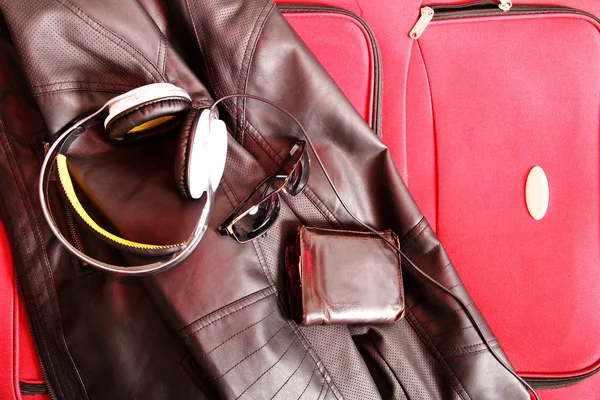
Jet lag apps can help you plan your light exposure, meal timing, and sleep schedule based on your specific itinerary. Many phones also have built-in features to gradually adjust your alarm times.
Blue light blocking glasses can help in the evening when you’re trying to wind down. Technology isn’t magic, but it can make following good practices much easier.
Like Travel Pug’s content? Follow us on MSN.
Master Strategic Caffeine Use

Caffeine can be your friend or enemy, depending on when you use it. Have your morning coffee or tea at breakfast time in your new location to help establish alertness.
Avoid caffeine after 2 PM local time so it doesn’t interfere with sleep. If you’re a heavy caffeine user normally, don’t quit cold turkey during travel—that withdrawal headache won’t help anything. Just time your intake to support your new schedule.
Pack Comfort Items from Home
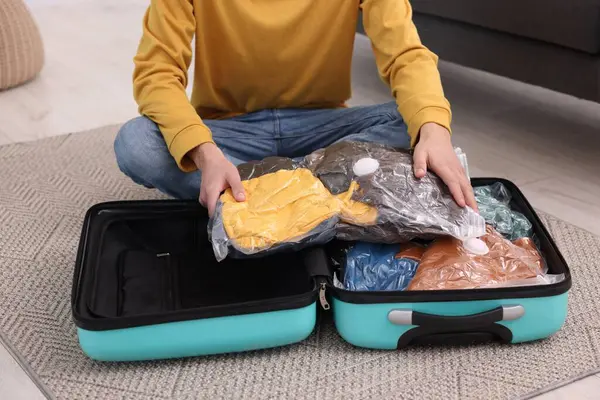
Familiar scents, sounds, or textures can help your brain relax even when everything else feels off. Bring your own pillow, a favorite tea, or essential oils you associate with bedtime.
These psychological cues work alongside the physical strategies to help your mind settle. It’s like giving your brain some friendly reminders of what ‘normal’ feels like.
Plan Your First Few Days Wisely
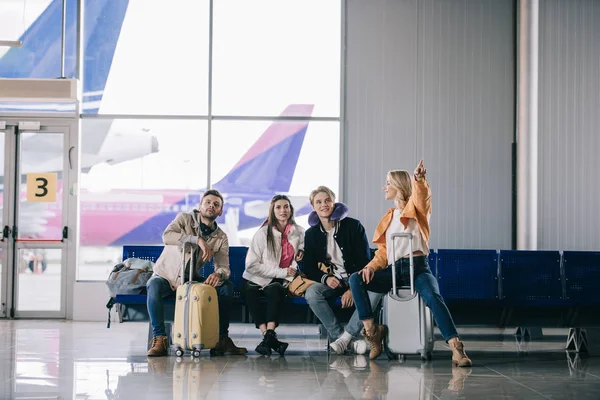
Don’t schedule important meetings or activities for your first day or two if you can avoid it. Give yourself permission to have a gentler schedule while you adjust.
Plan activities that work with your energy levels—sightseeing when you feel alert, quieter indoor activities when you’re dragging. Being realistic about your capabilities prevents frustration and helps you recover faster.
Like Travel Pug’s content? Follow us on MSN.
Stay Flexible with Your Approach

What works for one trip might not work for another, and that’s completely normal. Factors like the number of time zones crossed, your age, and your general health all affect how you respond.
Pay attention to what helps you feel better and adjust your strategy accordingly. Some people adjust faster going east, others going west—there’s no universal timeline.
Know When to Seek Extra Help
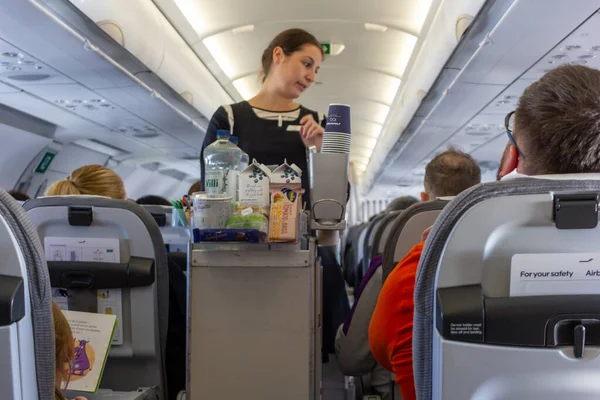
Sometimes jet lag symptoms last longer than expected or feel more severe than usual. If you’re still struggling after a week, or if symptoms include persistent digestive issues or mood changes, it might be worth talking to a healthcare provider.
Frequent travelers sometimes develop more complex sleep disorders that need professional attention. There’s no shame in getting help when standard strategies aren’t enough.
Time Zones Don’t Have to Win
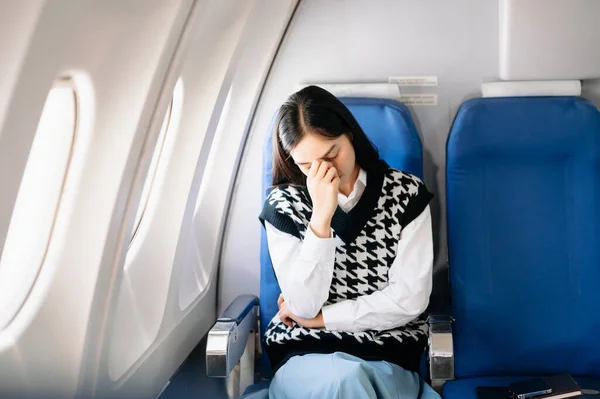
The difference between travelers who bounce back quickly and those who suffer for weeks often comes down to having a solid game plan and sticking to it. Your body is remarkably adaptable, but it needs consistent signals about what you want it to do.
These strategies work best when used together rather than picking just one or two. Every frequent traveler has learned that a little preparation and the right approach can turn a potentially miserable experience into a minor inconvenience that passes quickly.
Like Travel Pug’s content? Follow us on MSN.
More from Travel Pug

- 20 Best Beach Towns in the Carolinas
- 13 Destinations Where Tourists Regularly Regret Their Trip
- 20 Things You Actually Get in First Class
- 20 Small Airports With Aviation Museums
- 20 Places in the U.S. That Are Perfect for a Reset Trip
Like Travel Pug’s content? Follow us on MSN.
